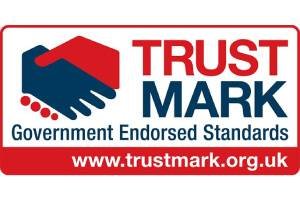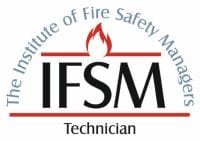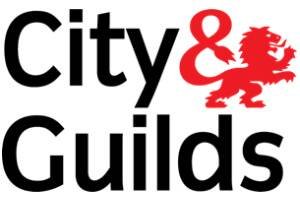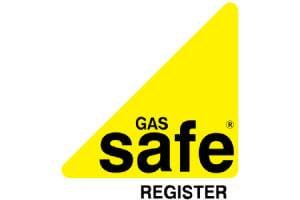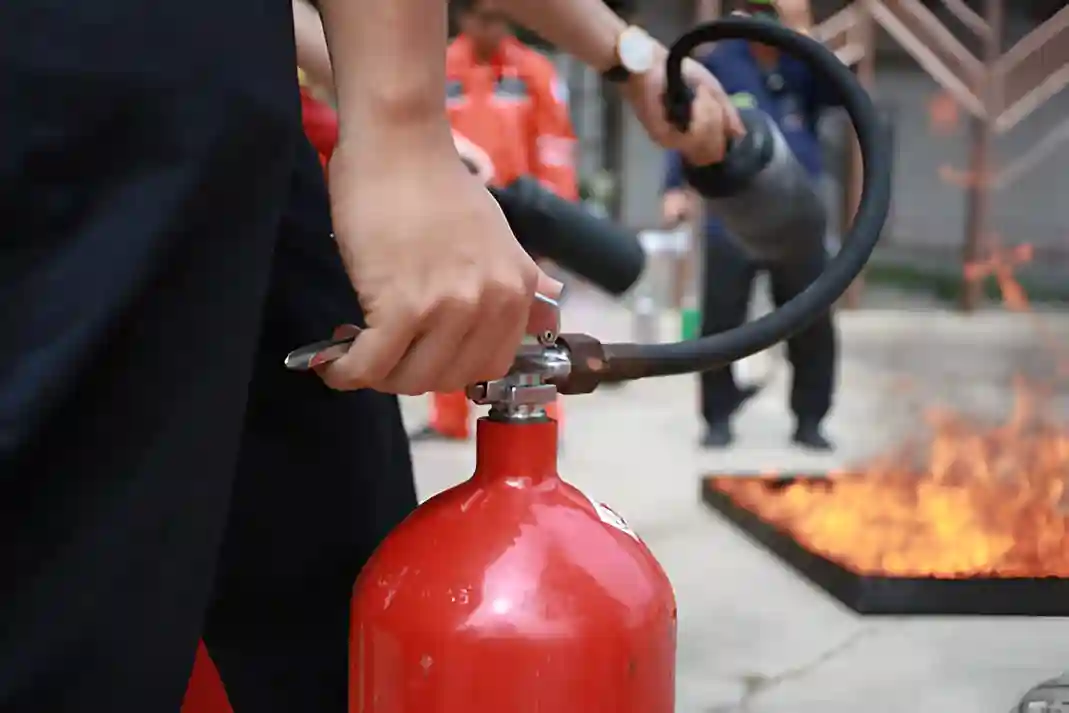
Fire risk assessments are primary for keeping safety in any setting. They involve a systematic way to discover dangers, examine risks, and put safety measures in place. Understanding these steps is essential for property owners, managers, and businesses alike. However, many overlook key details that could put safety at risk. This guide will walk you through the essential steps in fire risk assessment and highlight common pitfalls to avoid. What are these basic steps, and how can they safeguard lives and property?
Main Points
- Identify unsafe situations by checking sources of ignition, combustible materials, and fire spread pathways.
- Examine risks by analysing occupancy and activities related to the fire danger in the space.
- Assess the existing fire safety measures to determine their effectiveness in addressing the identified risks and ensuring safety.
- Develop a fire risk management strategy with recommendations for improvements and safety measures tailored to the environment.
- Document the findings and share them with stakeholders, while putting in place ongoing monitoring processes to drive continuous safety improvement.
Understanding the Steps of Fire Risk Assessment
Although fire risk assessments may differ by environment and industry, they typically follow a structured approach to ensure a thorough evaluation and management of possible fire threats.
The first step involves locating fire dangers, including sources of ignition, combustible materials, and spread pathways. Then, a detailed risk assessment is done, considering occupancy and activities.
Next, existing fire safety measures are examined to assess their effectiveness in reducing identified risks. As a result, a fire risk management strategy is developed, incorporating suggestions for enhancements or additional safety measures.
Finally, document and communicate findings to stakeholders, and ensure ongoing monitoring to adapt to changing risk factors or regulations.
Why Fire Risk Assessments Are Essential for Every Property
Fire risk assessments are essential for every property, as they serve to alleviate unsecure situations that could lead to devastating consequences. These assessments assess various factors, including the building’s layout, the presence of flammable materials, and the effectiveness of existing fire safety measures. By systematically analysing these elements, property owners can pinpoint vulnerabilities that may not be immediately apparent.
What’s more, carrying out regular fire risk assessments ensures compliance with legal obligations, which in turn safeguards owners against liabilities. They also promote a culture of safety among occupants, fostering awareness and preparedness for emergencies.
In addition, these assessments can lead to cost savings by preventing property damage and minimising disruption in the event of a fire. Overall, prioritising fire risk assessments is a proactive approach that contributes to the safety and well-being of everyone associated with a property.
The Key Steps of Fire Risk Assessment Explained
The steps of fire risk assessment involve several primary steps to enhance safety within a building.
It starts with discovering possible fire risks and evaluating the risks they pose to occupants.
Following this, findings are documented, and an extensive fire safety plan is developed to implement necessary improvements and safety measures.
Determining Fire Risks in Your Building
When evaluating fire risks in a building, it is essential to systematically discover dangerous conditions that could lead to a fire outbreak. This process involves several key steps, each aimed at guaranteeing safety and compliance.
- Inspect Electrical Systems: Check for frayed wires, overloaded sockets, and outdated equipment that may pose a risk.
- Evaluate Storage Practices: Assess areas where flammable materials are stored. Guarantee proper labelling and distance from ignition sources.
- Review Fire Safety Equipment: Confirm that smoke detectors, fire alarms, and extinguishers are in working order and easily accessible.
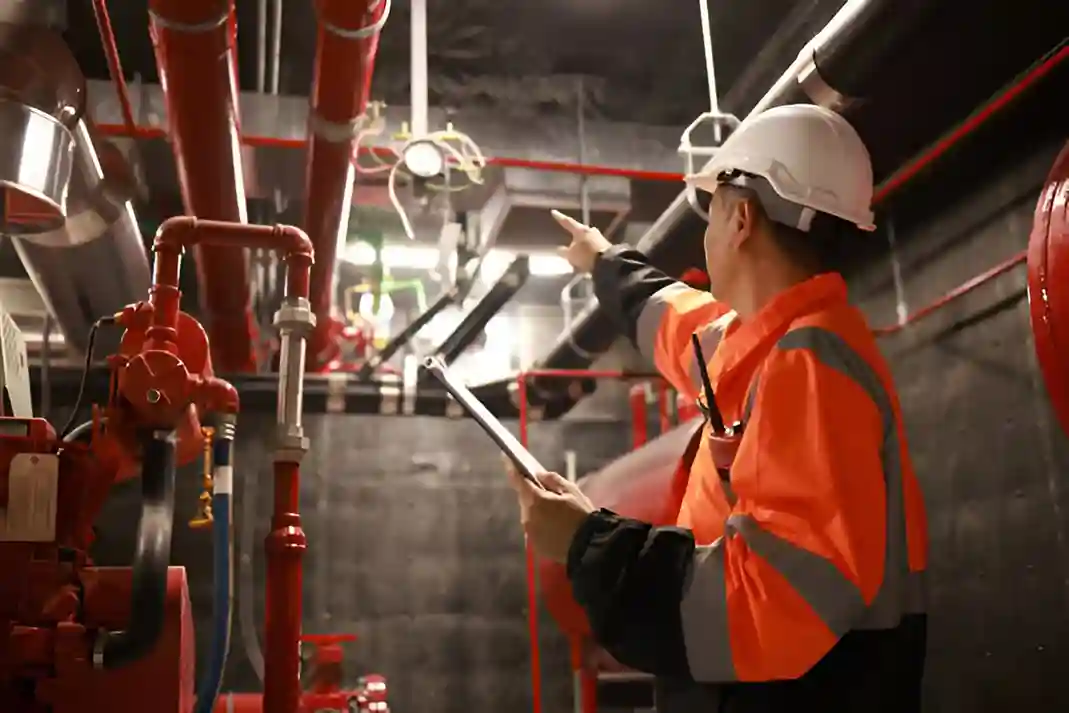
Recognising People in Danger
Recognising people at danger involves evaluating various factors that contribute to their vulnerability.
To begin with, consider individuals with mobility impairments, such as the elderly or disabled, who may struggle to evacuate swiftly. Additionally, those with cognitive impairments may have difficulty understanding evacuation procedures.
Identifying children during an emergency is essential because they may need help. Moreover, people working alone or in isolated areas are at heightened risk and need specific evacuation plans.
Examining Fire Risks and Existing Measurements
Identifying individuals at risk lays the groundwork for a thorough fire risk assessment.
Once the vulnerable populations are recognised, the next critical step involves examining fire risks and existing measures. This analysis helps to pinpoint threats and evaluate current safety protocols.
Key aspects to reflect upon include:
- Fire Sources: Identify common ignition points such as electrical equipment, heating appliances, or flammable materials.
- Environmental Factors: Assess the surroundings for elements that could exacerbate a fire, such as combustible materials or inadequate exits.
- Existing Safety Measures: Review current fire detection and suppression systems to determine their effectiveness and compliance with regulations.
Thorough examination of these factors is essential for developing an effective fire safety strategy.
Recording Findings and Creating a Fire Safety Plan
After evaluating the fire risks and existing measures, it is essential to systematically record the findings to inform the creation of an extensive fire safety plan.
This documentation should clearly outline spotted risks, the likelihood of occurrence, and potential consequences. It is important to categorise risks by severity and prioritise them.
Additionally, the fire safety plan should include strategies for reducing these risks, detailing procedures for evacuation, emergency contact information, and roles for personnel during a fire event.
Regular review and updates to this plan are significant, ensuring that it remains relevant and effective.
Implementing Improvements and Safety Measures
Once the fire risks have been recorded and a fire safety plan established, the next step involves implementing improvements and safety measures. This phase is essential for mitigating identified risks and enhancing overall safety.
Key actions include:
- Upgrading Equipment: Verify that fire alarms, extinguishers, and sprinkler systems are functional and compliant with current regulations.
- Training Staff: Conduct regular fire safety training sessions to equip employees with knowledge of emergency procedures and equipment usage.
- Enhancing Infrastructure: Modify building layouts to improve evacuation routes, install fire-resistant materials, and maintain clear access to exits.
Common Mistakes to Avoid During the Steps of Fire Risk Assessment
How can organisations effectively conduct the steps of fire risk assessment without falling into common pitfalls?
One frequent mistake is overlooking the importance of a thorough site evaluation. Failing to assess all areas of a facility can lead to undetected threats.
Additionally, many organisations neglect to involve employees in the assessment process; frontline workers often have valuable insights into risks.
Another common error is relying solely on outdated data or previous assessments rather than conducting a current, detailed evaluation. This can result in overlooking changes that may have introduced new risks.
Moreover, some organisations might prioritise compliance over actual safety, focusing on meeting regulations rather than addressing specific risks unique to their environment.
Lastly, insufficient documentation can hinder effective follow-up and improvement. Clear and detailed records are crucial for tracking changes, outcomes, and the implementation of safety measures.
Avoiding these mistakes can greatly enhance the effectiveness of fire risk assessments.
Benefits of Properly Following the Steps of Fire Risk Assessment
Although organisations may view the steps of fire risk assessments as a regulatory obligation, properly following the assessment steps offers numerous benefits that extend beyond mere compliance.
Implementing thorough steps of fire risk assessment can lead to enhanced safety, cost savings, and improved reputation.
- Enhanced Safety: A detailed assessment identifies risks, allowing organisations to implement effective reduction strategies, thereby protecting employees and assets from fire-related incidents.
- Cost Savings: By proactively addressing fire risks, organisations can reduce potential losses, lower insurance premiums, and avoid costly fines associated with non-compliance.
- Improved Reputation: Demonstrating a commitment to safety fosters trust among employees, clients, and stakeholders, establishing the organisation as a responsible entity in its industry.
Common Challenges in Following the Steps of Fire Risk Assessment
What obstacles hinder organisations from effectively conducting the steps of fire risk assessments? One primary challenge is the lack of adequate training and knowledge among staff members responsible for carrying out assessments. Without a clear understanding of fire dangers and risk evaluation methods, organisations may overlook vital factors.
Additionally, time constraints often play a significant role; organisations may rush the process, compromising thoroughness. Budget limitations can also impede the ability to engage external experts, hindering access to specialised knowledge and tools.
Furthermore, inconsistent documentation practices can result in incomplete records, making it difficult to track previous assessments and implement necessary changes.
Finally, organisational culture can affect commitment to safety protocols, with some employees viewing fire risk assessments as mere formalities rather than essential safety measures.
Addressing these challenges is imperative for organisations aiming to enhance their fire safety practices and protect lives and property effectively.
The Steps of Fire Risk Assessment for Landlords and Property Managers
Thorough steps of fire risk assessment are significant for landlords and property managers to guarantee the safety of their buildings and tenants.
Implementing this process involves several key steps that guarantee extensive evaluation and the reduction of fire risks.
- Discovery risks: Recognising sources of ignition, flammable materials, and vulnerable areas within the property is essential for effective risk management.
- Evaluate dangers: Assess the likelihood and potential impact of fire incidents. This involves considering the building layout, occupancy levels, and available escape routes.
- Implement Control Measures: Develop and apply strategies to minimise identified risks. This may include installing fire alarms, guaranteeing proper signage, and conducting regular fire drills.
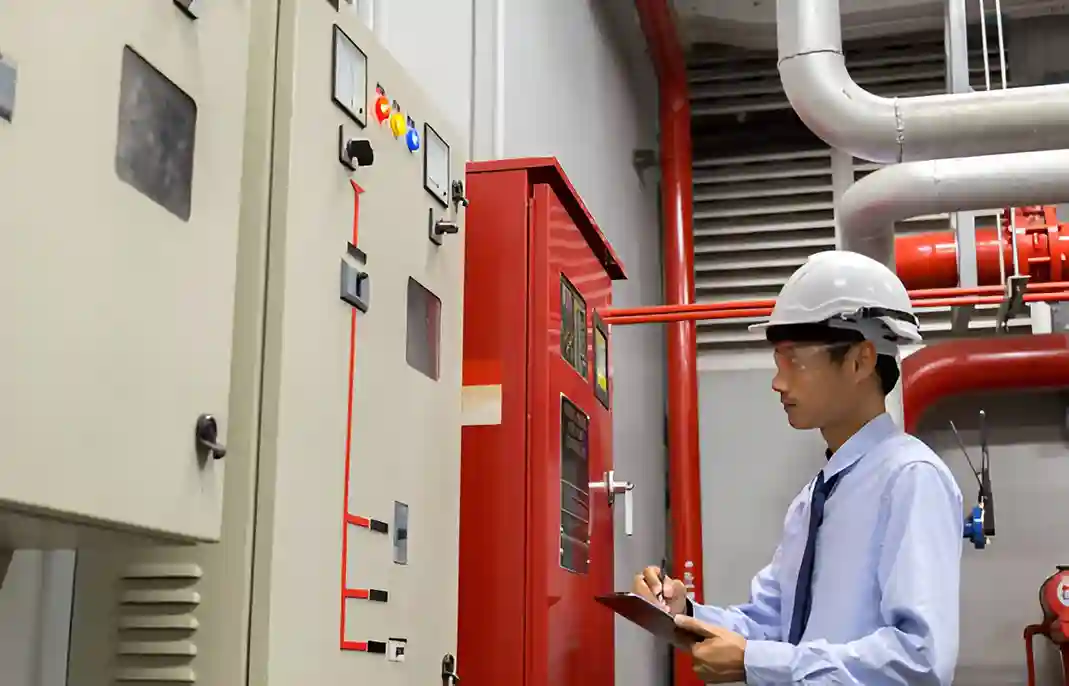
Professional Guidance on the Steps of Fire Risk Assessment
Engaging with professional guidance can greatly enhance the effectiveness of the steps of fire risk assessments for landlords and property managers. Experts in fire safety can provide invaluable insights into regulatory requirements, best practices, and industry standards. They help recognise unsafe situations that may not be immediately apparent, guaranteeing a thorough assessment.
Professional consultants can also assist in developing tailored risk mitigation strategies based on specific property types and tenant needs. Additionally, training staff on fire safety protocols and emergency response can be streamlined through expert-led workshops. This not only promotes safety but also guarantees compliance with legal obligations.
Why Every Business Should Understand the Steps of Fire Risk Assessment
How can businesses guarantee the safety of their employees and assets if they overlook the importance of fire risk assessments?
Understanding the steps of fire risk assessment is essential for any organisation aiming to minimise threats. Here are three compelling reasons why this knowledge is vital:
- Legal Compliance: Many jurisdictions require businesses to conduct fire risk assessments to comply with safety regulations, reducing liability and avoiding penalties.
- Employee Safety: A thorough assessment determines possible dangers, ensuring measures are in place to protect employees, ultimately fostering a safer workplace environment.
- Financial Protection: Effective fire risk management can prevent costly damages and operational disruptions, protecting a business’s bottom line and reputation.
Frequently asked questions.
Conclusion
In summary, the steps of fire risk assessment are essential for ensuring safety and compliance across various properties. By creatively locating dangers, evaluating risks, and implementing effective safety measures, stakeholders can greatly reduce the likelihood of fire incidents. Avoiding common pitfalls and seeking professional guidance further enhances the effectiveness of these assessments. Ultimately, understanding and properly executing these steps not only protects lives and property but also develops safety within organisations and communities.


